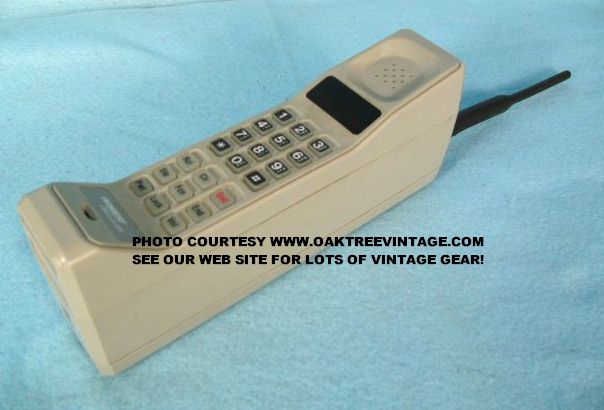Jovial Monk wrote:So this magic new network will run at 10Gbps?
No. I hope you were not expecting that to your door, where you?
Anyway where did you get 10 from. It is 1. "1 Gigabits per second".
A 4G system is expected to provide a comprehensive and secure all-IP based solution where facilities such as IP telephony, ultra-broadband Internet access, gaming services and streamed multimedia may be provided to users.
This article uses 4G to refer to IMT-Advanced (International Mobile Telecommunications Advanced), as defined by ITU-R..
An IMT-Advanced cellular system must have target peak data rates of up to approximately 100 Mbit/s for high mobility such as mobile access and up to approximately 1 Gbit/s for low mobility such as nomadic/local wireless access, according to the ITU requirements. Scalable bandwidths up to at least 40 MHz should be provided.[5][6]
In all suggestions for 4G, the CDMA spread spectrum radio technology used in 3G systems and IS-95 is abandoned and replaced by frequency-domain equalization schemes, for example multi-carrier transmission such as OFDMA. This is combined with MIMO (i.e., multiple antennas(Multiple In Multiple Out)), dynamic channel allocation and channel-dependent scheduling.
4G definitely does not cut it.
A major issue in 4G systems is to make the high bit rates available in a larger portion of the cell, especially to users in an exposed position in between several basestations. In current research, this issue is addressed by macro-diversity techniques, also known as group cooperative relay, and also by beam-division multiple access.[43]
Pervasive networks are an amorphous and at present entirely hypothetical concept where the user can be simultaneously connected to several wireless access technologies and can seamlessly move between them (See vertical handoff, IEEE 802.21). These access technologies can be Wi-Fi, UMTS, EDGE, or any other future access technology. Included in this concept is also smart-radio (also known as cognitive radio technology) to efficiently manage spectrum use and transmission power as well as the use of mesh routing protocols to create a pervasive network.
I think this generation is still not there however I believe this concept will further improve for mobile communications. Now with that said, mobile communication is not the same as wireless like today. You rmobile device would connect to whatever is the fastest path for the communications. So I expect you will get better than you do today with your home Wi-Fi router.
The National Broadband Network (NBN) is a fibre to the premises (FTTP)[1] network under construction in Australia. The Australian government has established a government business enterprise, NBN Co Limited,[2] to design, build and operate an Open Access Network providing download speeds of 1 Gigabits per second[3][4] to 93% of Australian homes and businesses, for which it is offering to contribute an initial cash injection of up to A$43 billion. The remaining homes and businesses will be supplied using wireless and satellite technologies. It will be the largest single infrastructure investment in Australia's history.[5] Work on the rollout in Tasmania began in July 2009 and the first services went live on 1 July 2010.[6] On 20 June 2010, Telstra signed a non-binding agreement to participate in the National Broadband Network rollout.[7]
The NBN proposes to use wireless for that 7% that NBN does not reach. I'm proposing to use wireless for a bigger % until the technolgy is cost effectively available for those it can not reach.
Download speeds of 1000 megabits per second for 93% of Australia homes and businesses[8] using a Gigabit Passive optical network (GPON) or Ethernet Point to Point fibre[9]
The remainder of Australian homes and businesses will be serviced by a combination of next generation wireless and satellite technologies with a minimum speed of 12 megabits per second
Monk, 12 MbPS is plenty fast enough. Why would anyone want more than that. If you need more then you are running a server and should host it in a server room in a data centre that has the right connections. End users and consumers do not need more than this speed in the next 10 years. Bloody hell, I get by on 1 Gbps today and that is plenty fast enough. I would be very happy with 12. remember browser technology is the server doing all the hardwork and just presenting the output to your screen. It is only the comms for the browser that needs to be sent not large databases ...etc.
It will require the creation of 47,000 new jobs over the next eight years and will support 25,000 jobs every year until completed
Now that is the real issue. Job creation scheme using our money. It is a waste of money for sweet FA benefit for the ecconomy in the long term beyond job creation.
